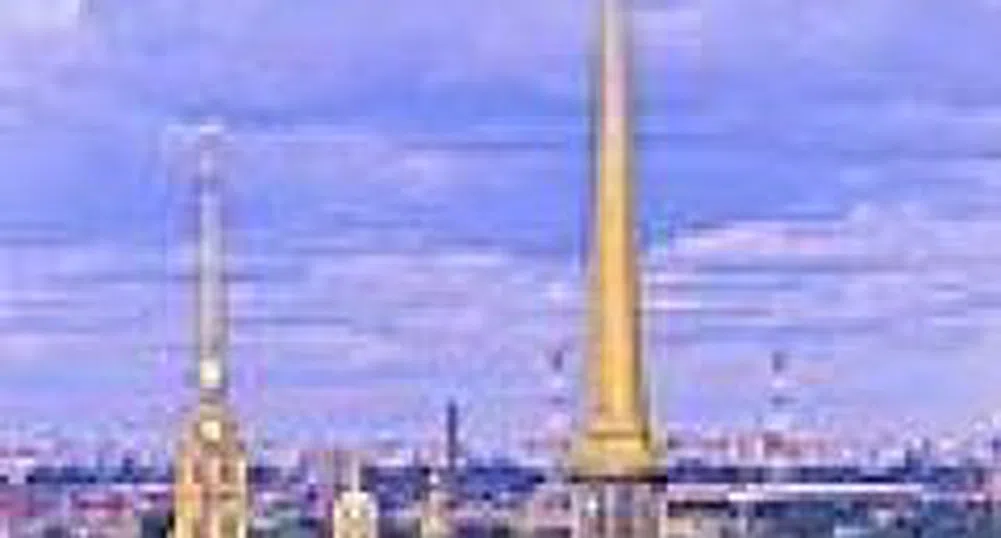Russia is Leader Among East European Countries in Attracting FDI in Real Estates

Russia was the leader among East European countries in attracting foreign direct investment into real estate in the first half of 2007, according to the latest research by real estate consultancy Knight Frank.
A number of western investment funds and banks, including Morgan Stanley, Merrill Lynch, Goldman Sachs, Immoeast, Quinn Group, JER Partners and Rutley Russia, have recently announced plans to invest millions of dollars into commercial and residential real estate in Moscow, St. Petersburg and the other big Russian cities.
“The rate of capitalization in Russia is substantially higher than those found in the rest of Europe,” said Jeremy Oates, Managing Director of Knight Frank Russia and CIS.
Institutional investors are attracted by the large potential found in all real estate market segments, high yields and a quicker, compared with the rest of Europe, return on investment.
“Primary yields for Class A offices purchased by investors are estimated at eight to 10.5 percent, for high quality retail premises, nine to 11 percent, and 10 to 12 percent for industrial permises,” Oates said.
In terms of market yields Russia is followed by Poland, the Czech Republic and Romania. The annual rate of capitalization on these markets varies between six percent and eight percent.
“Many Russian developers prefer to keep ownership of the properties until the market situation allows them to demand higher prices. For example, in the Moscow market for offices, the sale price for Class A properties went up by 20 to 30 percent, and this is an extremely good indicator,” Oates said.
According to Knight Frank, major problems for foreign investors in Russia include the lack of completed projects that meet market requirements, and high asking prices.
“In a situation like this, investors often agree to pay higher prices to finish uncompleted projects before they enter the market,” Oates said.
Instead of purchasing uncompleted projects investors can also set up joint enterprises with Russian companies, for example, the projects carried out by Raven Russia, London Regional Property Fund, Quinn Group and TriGranit.
“Usually western partners who contribute to the financing of a project, share their experiences and technology, whereas their Russian counterparts take administrative responsibility for obtaining all the necessary documentation, forming agreements with sub-contractors and so on,” said Evgeny Semyonov, Director of Capital Markets at Knight Frank Russia and CIS.
Retail still attracts the highest levels of investment. According to Knight Frank, this sector experienced the largest number of transactions in 2006 and the first half of 2007. The retail sector remains the most popular among tenants as the levels of domestic consumption and real disposable incomes rise.
In the remaining part of 2007 Knight Frank expects further growth in the activity of large foreign and domestic investors in the Russian real estate market, especially in the development of new projects.
At the same time, Global Property Guide ranks Russia as a country with extremely high risks related to the acquisition of real estate. According to Global Property Guide research, total roundtrip costs are between 20 and 25.5 percent of the property value — among the highest in Europe.
Other negative factors indicated by Global Property Guide include moderate yields, high rental income tax & VAT, high transaction costs, pro-tenant rental market and ownership issues.
“Rents are rising but not as fast as property prices, leading to a decline in rental yields,” the report by Global Property Guide said.
)
&format=webp)
&format=webp)
&format=webp)
&format=webp)
&format=webp)
&format=webp)
&format=webp)
&format=webp)